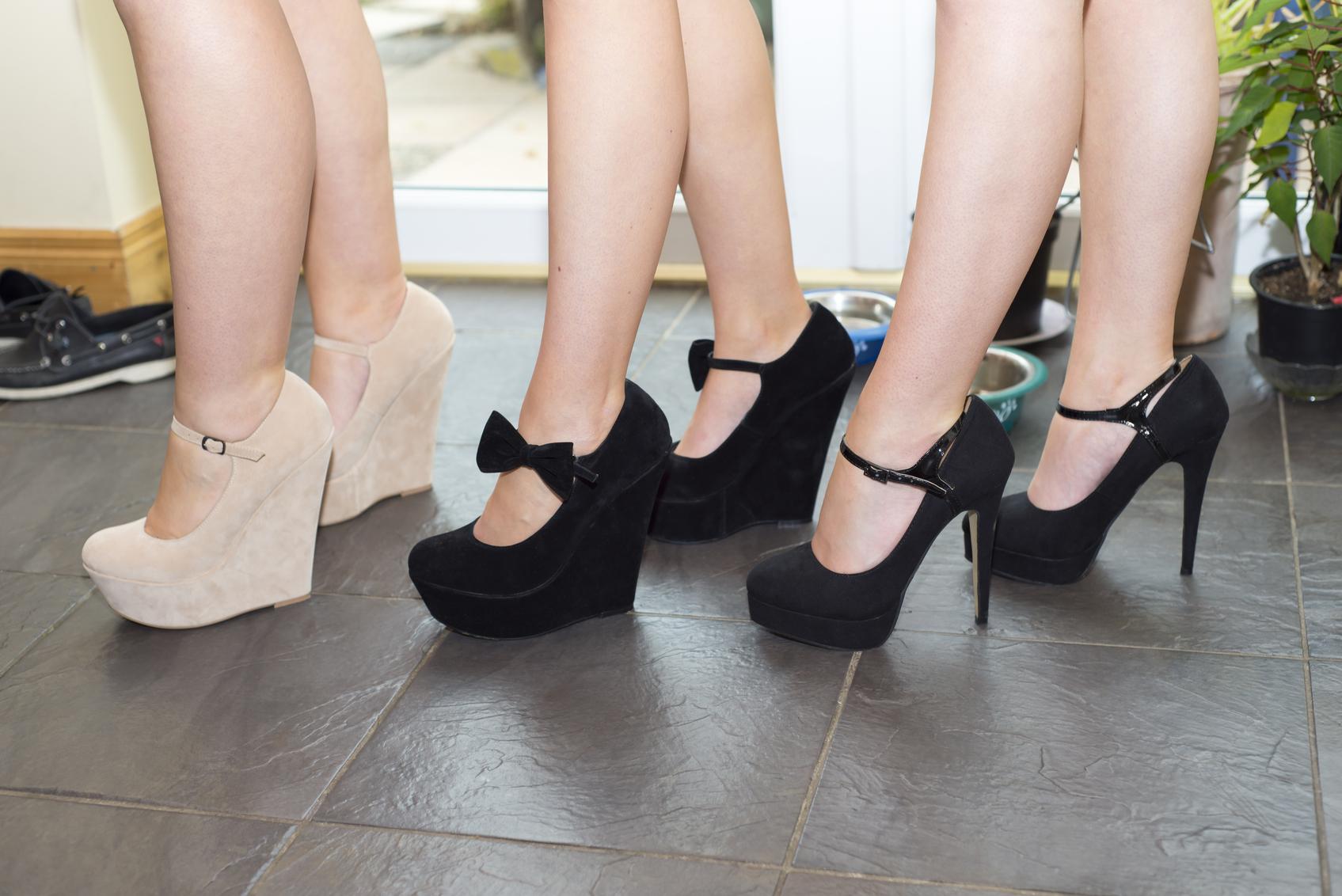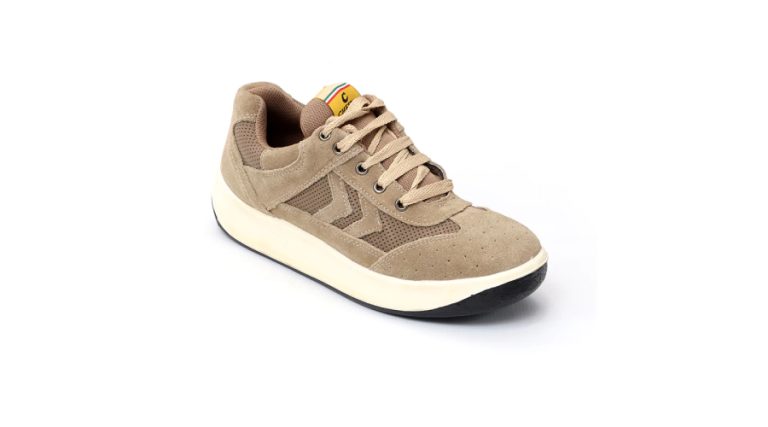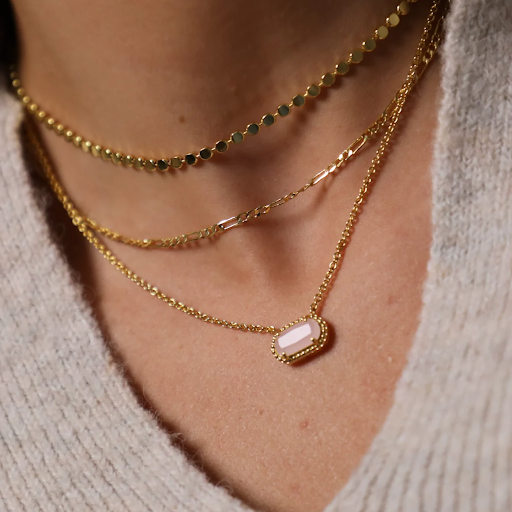When it comes to buying shoes, it is important to know your correct shoe size to ensure comfort and avoid any foot-related issues.
However, many people do not know their exact shoe size and end up buying ill-fitting shoes that cause pain and discomfort. In this article, we will discuss some tips on how to know your shoe size.
- Measure your feet
The first step in determining your shoe size is to measure your feet. Use a measuring tape or ruler to measure the length of your foot from the heel to the tip of your longest toe.
Then, measure the width of your foot at the widest point. You can also use a foot measuring device available at shoe stores to get an accurate measurement.
- Consider your foot shape
Your foot shape can also play a role in determining your shoe size. Some people have wide feet, while others have narrow feet.
Some people have flat feet, while others have high arches. When buying shoes, consider your foot shape and choose shoes that are designed to accommodate your foot shape.
- Try on shoes
Once you have your foot measurements, try on shoes in your size to determine the best fit.
Keep in mind that different shoe brands may have slightly different sizes, so it is always best to try on shoes before buying them.
Walk around in the shoes to see how they feel and make sure there is enough space for your toes to move freely.
- Look for half sizes and wide/narrow widths
If you find that your foot falls in between standard sizes, consider looking for half sizes or shoes that come in wide or narrow widths. This can help you find a better fit and ensure that your shoes are comfortable.
- Shop at the right time of day
Your feet can swell throughout the day, so it is best to shop for shoes in the afternoon or evening when your feet are at their largest. This can help ensure that your shoes will fit comfortably throughout the day.
- Consider the type of shoes
Different types of shoes may require different sizing. For example, athleisure sneakers may fit differently than dress shoes.
When trying on shoes, consider the type of shoe you are buying and make sure you choose the right size for that type of shoe.
- Don’t assume your size
Many people assume that their shoe size is the same as it was several years ago. However, foot size can change over time due to factors such as weight gain, pregnancy, or injury.
Therefore, it is important to measure your feet periodically and not assume that you know your shoe size.
- Take note of any foot problems
If you have any foot problems such as bunions or plantar fasciitis, you may need to consider shoes that provide additional support or have a wider toe box.
Talk to a podiatrist or a shoe salesperson about your foot problems and ask for recommendations on shoes that will accommodate your specific needs.
- Don’t sacrifice comfort for style
While it can be tempting to buy shoes that look fashionable, it is important to prioritize comfort when choosing shoes. Ill-fitting shoes can cause foot pain and other issues.
Choose shoes that are both comfortable and stylish like ladie’s flat shoes, woman sneakers or espadrilles shoes to ensure that you can wear them for extended periods without discomfort.
- Consider the type of shoes
Different types of shoes may require different sizing. For example, athletic shoes may fit differently than dress shoes.
When trying on shoes, consider the type of shoe you are buying and make sure you choose the right size for that type of shoe.
- Don’t assume your size
Many people assume that their shoe size is the same as it was several years ago. However, foot size can change over time due to factors such as weight gain, pregnancy, or injury.
Therefore, it is important to measure your feet periodically and not assume that you know your shoe size.
- Take note of any foot problems
If you have any foot problems such as bunions or plantar fasciitis, you may need to consider shoes that provide additional support or have a wider toe box.
Talk to a podiatrist or a shoe salesperson about your foot problems and ask for recommendations on shoes that will accommodate your specific needs.
- Don’t sacrifice comfort for style
While it can be tempting to buy shoes that look fashionable, it is important to prioritize comfort when choosing shoes.
Ill-fitting shoes can cause foot pain and other issues. Choose shoes that are both comfortable and stylish to ensure that you can wear them for extended periods without discomfort.
- Consider the purpose of the shoes
Different shoes are designed for different purposes. For example, running shoes have different features than casual shoes.
When choosing shoes, consider the purpose for which you will be wearing them and choose shoes that are designed for that purpose.
- Take a test walk
Before buying shoes, take a test walk around the store to get a feel for how they fit and how they will feel when you wear them for an extended period. Make sure to walk on different surfaces to test the shoes’ grip and stability.
- Know when to replace your shoes
Even if you have the right size and type of shoes, they may need to be replaced over time. Shoes that are worn out can cause foot pain and other issues.
As a general rule, athletic shoes should be replaced every 300 to 500 miles, while casual shoes may last longer.
- Don’t ignore foot pain
If you experience foot pain, don’t ignore it. Foot pain can be a sign of ill-fitting shoes or other foot-related issues. If you experience persistent foot pain, see a podiatrist for an evaluation.
Final words
knowing your shoe size and taking into account other factors such as foot shape, type of shoes, and foot problems can help you choose shoes that fit well and keep your feet healthy.
By following these tips and taking the time to choose the right shoes, you can ensure that you are comfortable and pain-free when walking and engaging in other activities.














+ There are no comments
Add yours